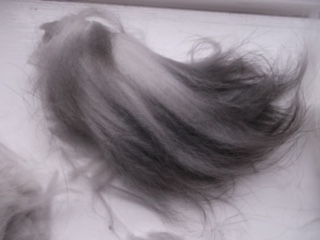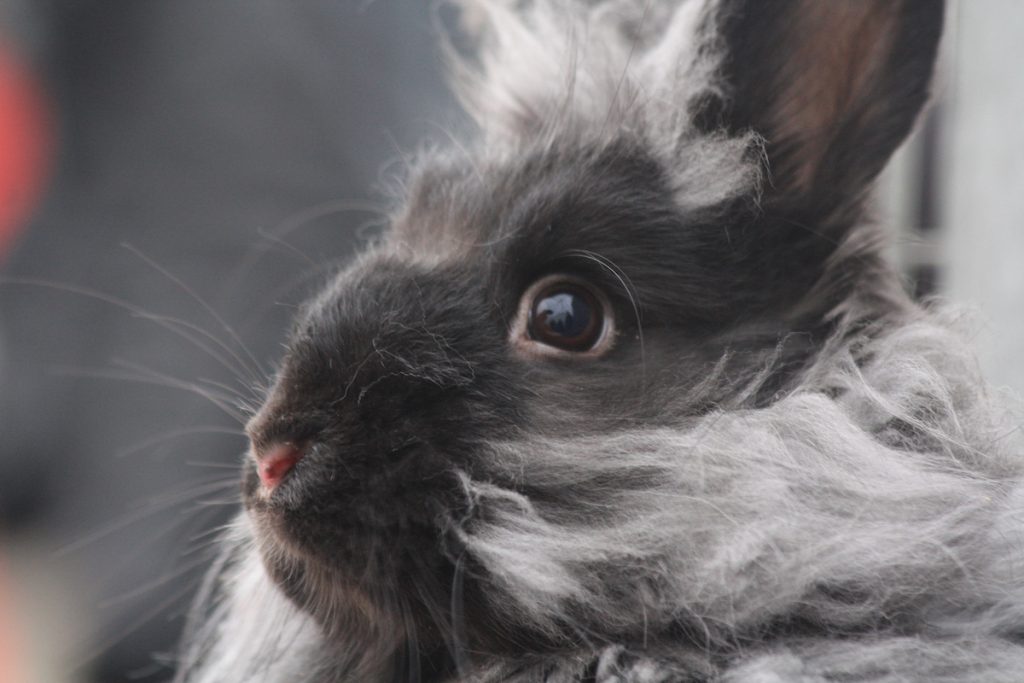
Eyes should be clear and bright. If Bucks get runny eyes, then wash out the eye in case it has something in it. Check the teeth as teeth problems can cause runny eyes. Check when you last administered Ivomectin (for mite control) if longer than two months it could be the cause. Clip the back of the neck and drop some on. If problem is consistent visit your vet, who can check for blocked tear ducts or back teeth problems.
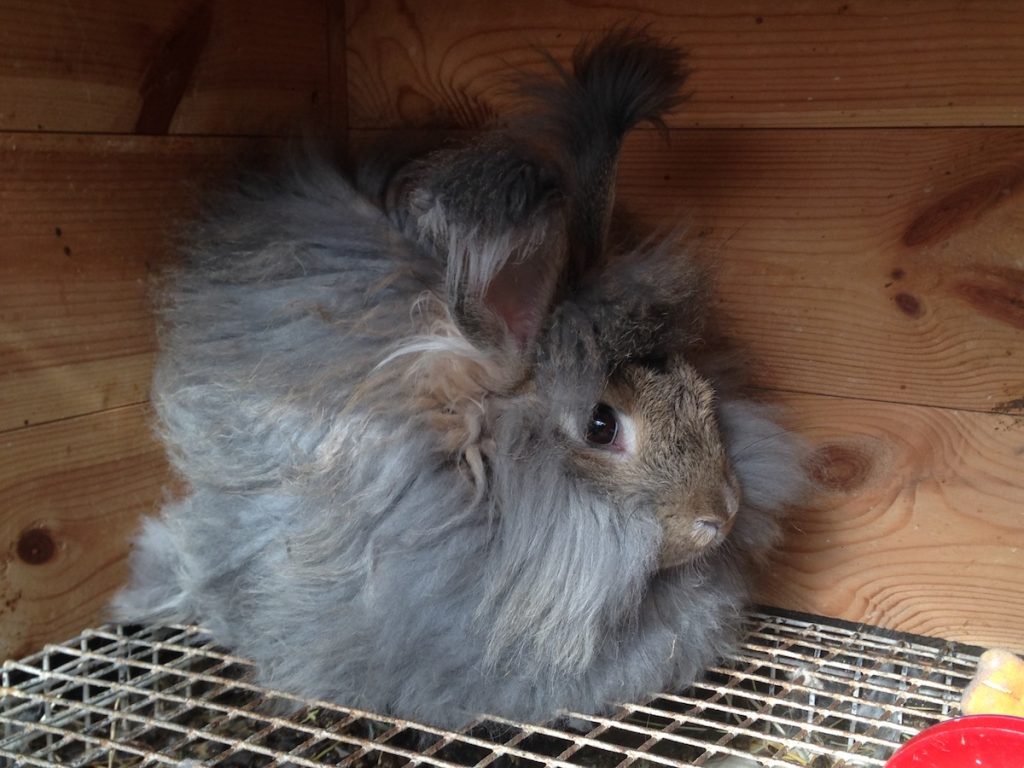
If the rabbit does not come forward for its food at feeding time, there could be a problem. Check the water bottle to see if it is working properly, rabbits will not eat if they don’t have access to water. Bottles can get clogged or jammed. Next take the rabbit out and see if there is any obvious problem. If not leave for an hour or two and then check again. If it has not eaten anything particularly its greens, it could have Bloat (a very tight stomach). For additional guidance and help see other posts on angora rabbit illnesses.
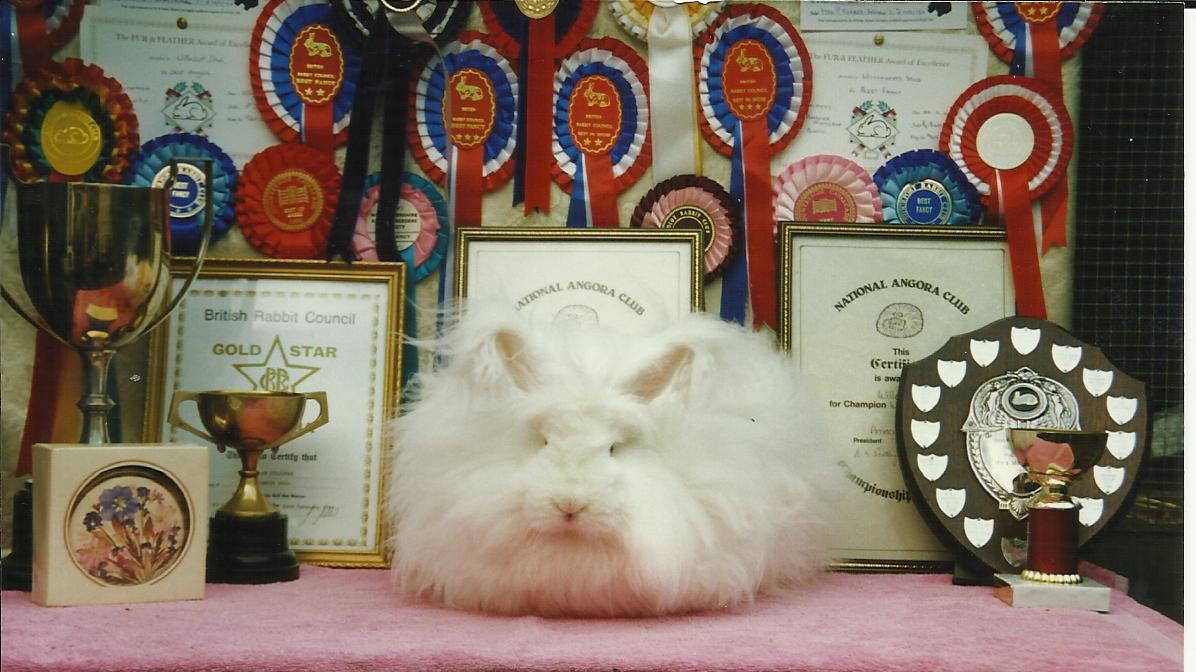
Some facts about showing your rabbit
1. An Angora rabbit has a short show life. The whites especially are only at their best four about four months. So you will have to keep breeding so that you can have continuity. The coloured can sometimes be shown after the first coat has been removed but this requires a certain amount of patience and expertise in grooming. It is very unusual for a rabbit with a re-grown coat to beat a rabbit in its first pristine coat with all the tips intact. Clipped stock can however be shown in the section for stud buck/brood doe especially at stock shows.
Read More

Pedigrees give the ancestry and breeding of the rabbit. A pedigree is particularly important when the breeder plans a mating in understanding what colours may occur in the litter.
Read More
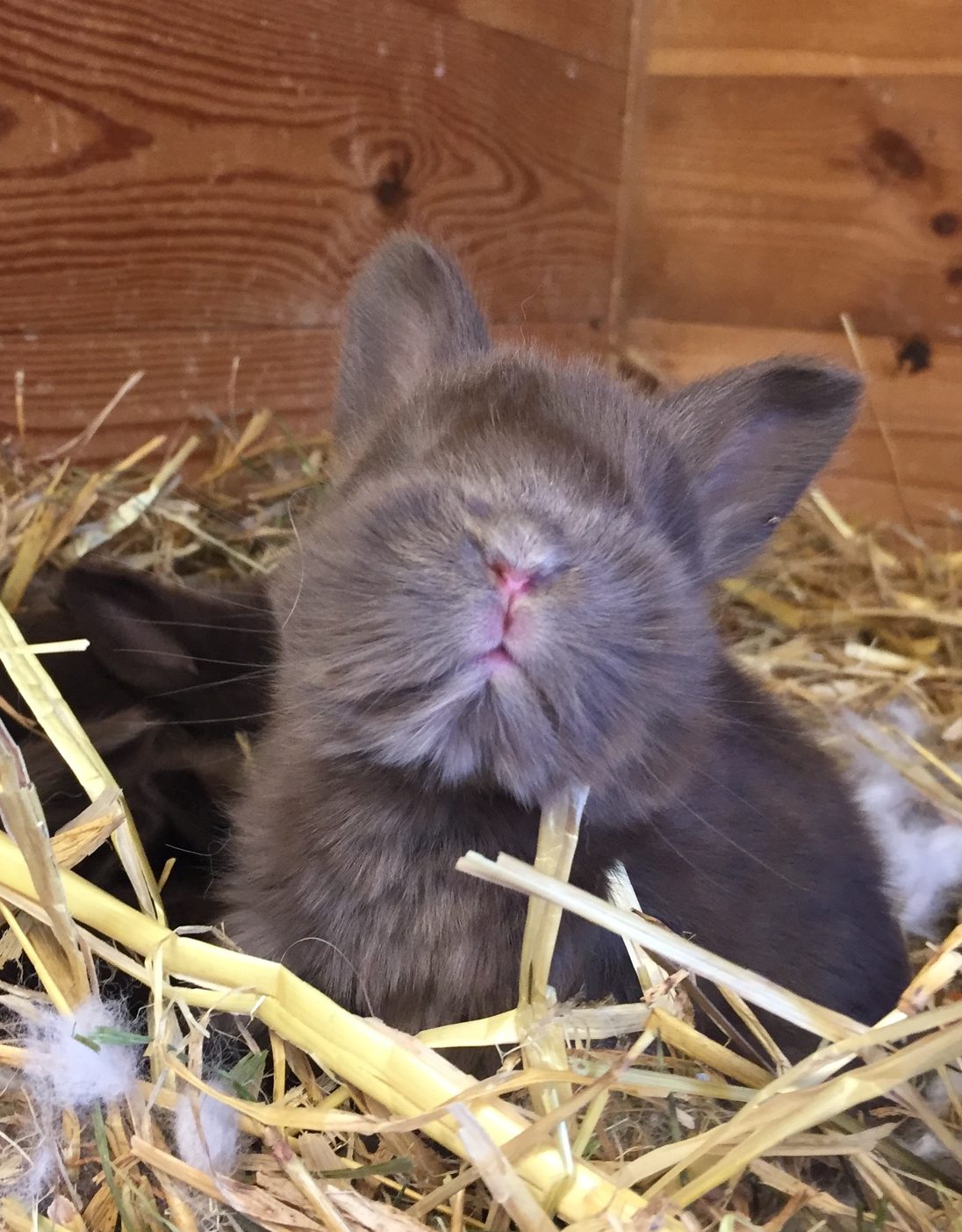
Happy Easter from the National Angora Club, who wouldn’t love to see a cute English Angora rabbit baby at Easter. However, please think twice before buying a rabbit for someone for Easter, they do make ideal pets but they should not be an impulse purchase. If you are thinking of buying a rabbit, then research first and ensure you know the responsibilities that you are taking on when you buy one.
For more details check out the following articles:

This is Guinevere, an English Angora rabbit and todays winner of the angora class at the Gloucester show. She belongs to Linda David of Rainbow Stud. Guinevere got her Challenge Certificate (CC) and was second in the under five (u/5) challenge and 2nd in the grand challenge out of 20 rabbits. She was bred by Yvonne Hobbs-Fothergill of Willowcot Stud. The judging at the show was done by Bill brake. Congratulations, Linda that is a superb result.
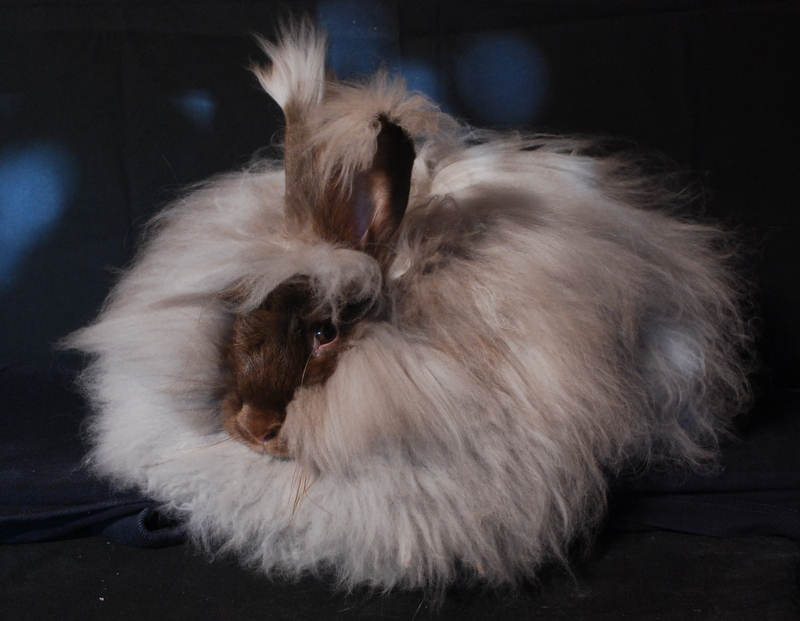
In this demonstration & talk, you will see how an Angora is clipped. The process is completely ethical and causes no injury to the rabbit. The rabbit’s coat is brushed to remove any ‘bedding’ and the clipping takes place using scissors. As the rabbit is clipped, the wool is sorted into bags for spinning and felting. Sally & Lesley have kept Angoras for 30 years and give a knowledgeable half hour demo & talk.
Read More

Babies intended for exhibition will require daily grooming from about 6 weeks old onwards. Rabbits for exhibition should have a British Rabbit Council (BRC) ring size E slipped on to a hind leg at between 6-8 weeks depending on growth rate. NB: This is most important as non ringed rabbits cannot be shown.
Read More
The wool grows approximately 1″ a month and is harvested four times a year by clipping every thee months, or plucking when the wool is ripe and ready to come away. The exhibition angora needs to be given skillful grooming to make it ready to be shown.










